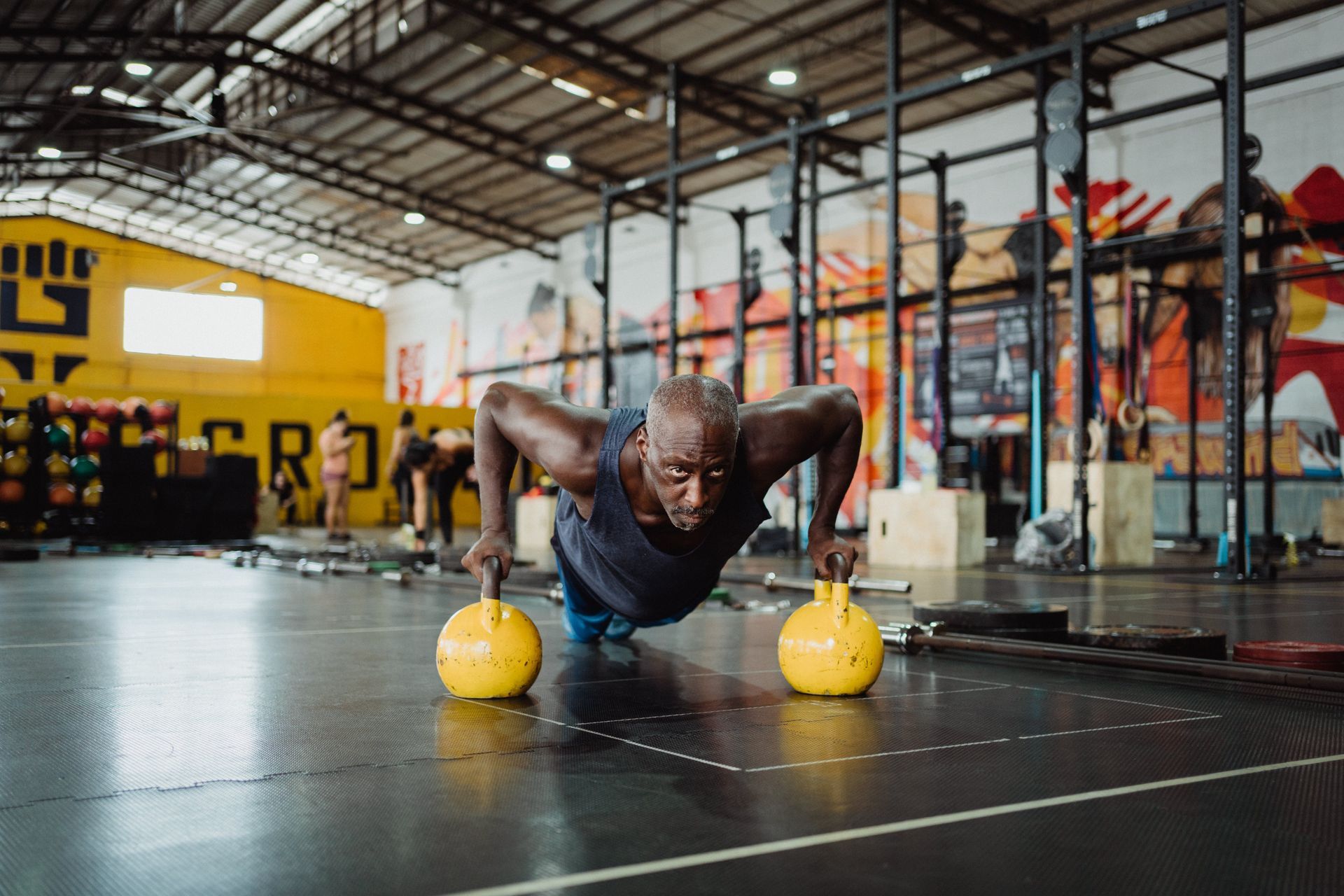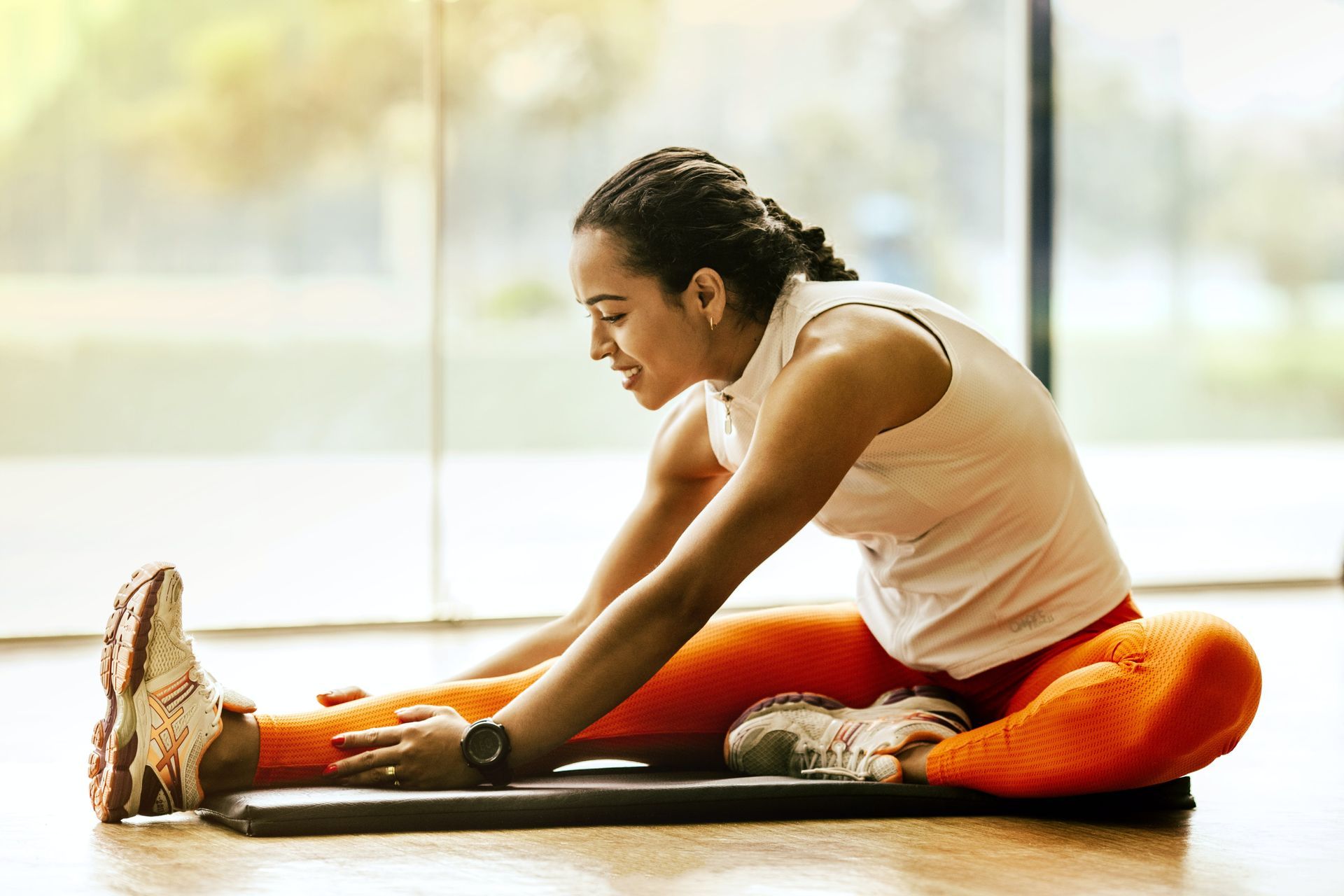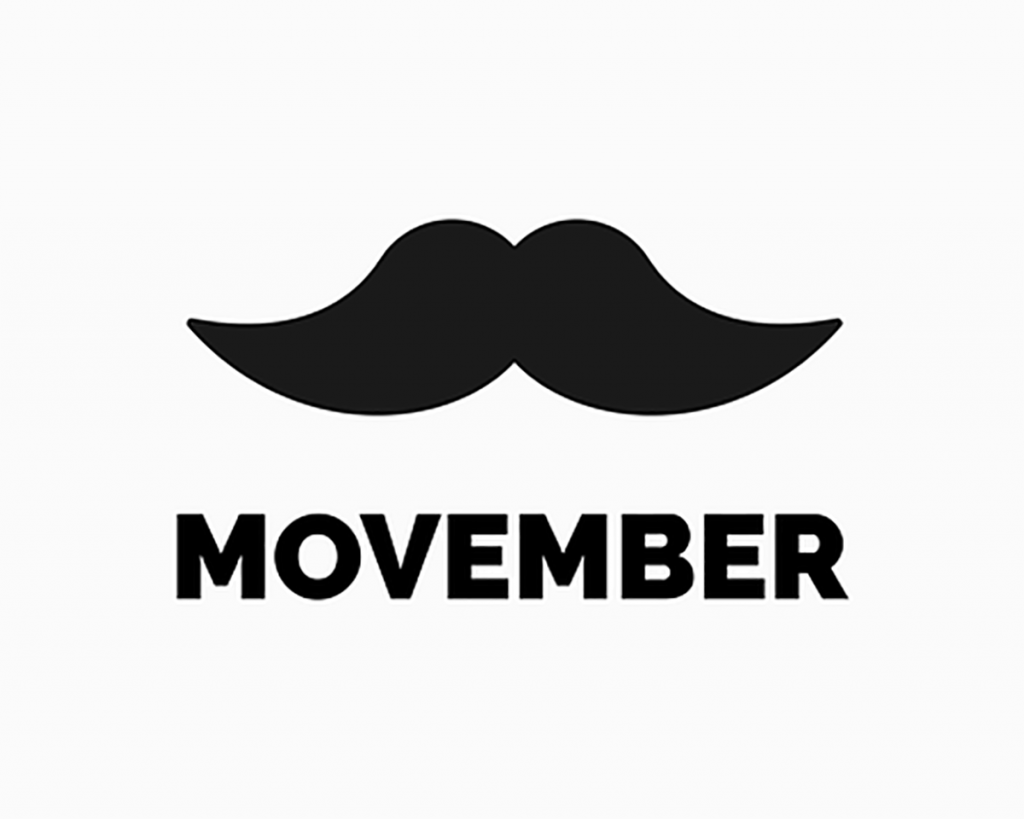Tips For Outdoor Exercise in the Winter
Getting outside for exercise in the winter is one of the best ways to beat the winter blues. Here are some tips to help you stay safe and get the most out of your winter activities.

Don’t let your love of outdoor activities drop with the temperatures!
Studies show that exercising outdoors in winter can increase calorie-burning, raise your metabolism, increase your dose of vitamin D, and help combat seasonal affective disorder. According to
Havard Health, cold weather can improve endurance - your heart doesn’t have to work as hard, you sweat less, and you expend less energy, meaning you exercise more efficiently.
Learn to love the cold with these tips to help you exercise outdoor in the winter.
Hydrate Before You Go Out
Our number one tip often gets forgotten - it’s essential to hydrate before exercising, even in the winter. Consider drinking 1-2 litres of water before you head out. You can break this up by having herbal tea, juice with breakfast, and a few cups of water leading up to your winter walk. If you are doing more vigorous exercise, consider increasing your water intake. Always bring water with you.
Dress For The Weather
Always dress appropriately for the weather. Choose sweat-wicking breathable fabrics for your first layers and wind and waterproof materials for outwear. Hats, mitts, and gloves are always ideal. Prepping the night before can help you stay committed to your outdoor exercise routine. Bright colours are also a great idea to improve others' visibility.
Optimize Your Lunch Break
If a morning walk or routine isn’t your jam, consider using your lunch break to get outside. Walking for 30-60 minutes is exactly what your body craves in the winter - and doing so when the sun is shining can help improve your levels of vitamin D.
Warm-up Before You Head Out
Cold, tight muscles are more likely to lead to injury. You can prevent this by warming up for 5-10 minutes before going outside. Try yoga, low lunges, knee hugs, lateral shuffle, and dynamic toe touches to help loosen up muscles and get your blood flowing.
Plan Ahead
Extreme cold isn’t worth the risk - always check the forecast before heading out. A strong wind chill can cause your body heat to drop faster and lead to frostbite and hypothermia. The risk of frostbite is less than 5% when the air temperature is -15C. This risk rises as the wind chill falls. At wind chill levels below -28C, frostbite can occur on exposed skin in 30 minutes or less.










